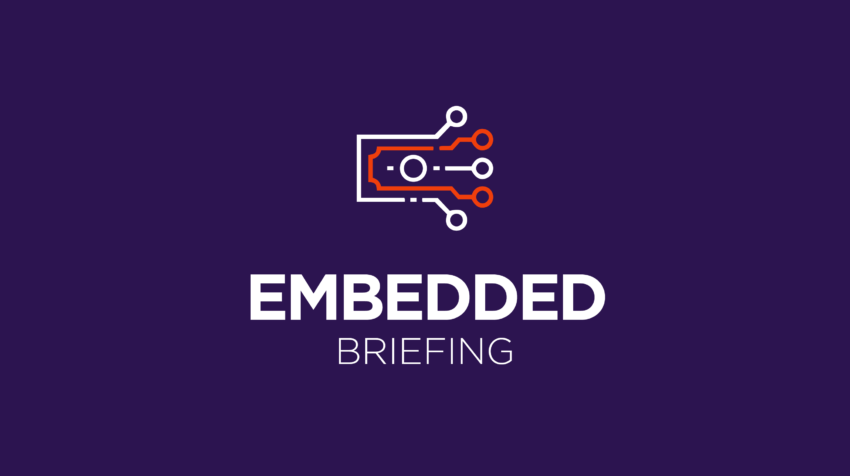Embedded Finance, Member Exclusive
Embedded Briefing: TreviPay acquires Apruve to expand B2B payments offering
- B2B payments solutions provider TreviPay acquired Apruve to expand its product offerings and reach new geographies.
- TreviPay's current offerings include technologies enabling the order-to-cash flow, and specialized payment networks for businesses of all sizes.








